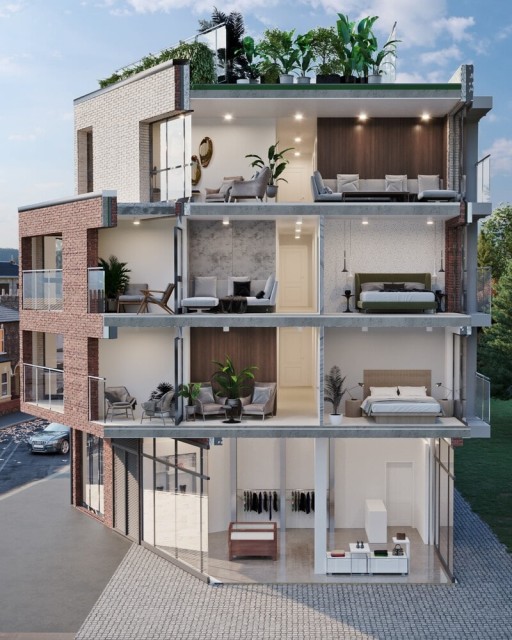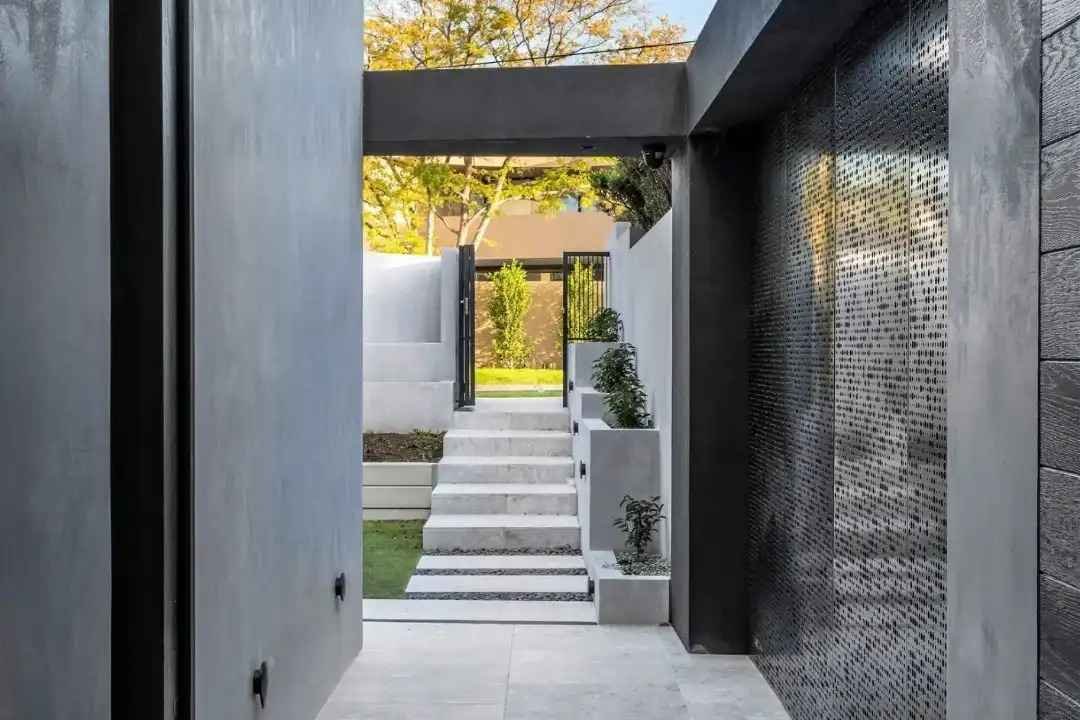Work with a Professional Residential House Architect for Customized Home Design
Work with a Professional Residential House Architect for Customized Home Design
Blog Article
Leading Fads in Residential Design You Should Know Regarding
As household architecture proceeds to evolve, several compelling patterns are shaping the way we develop and occupy our living rooms. Secret advancements such as sustainable structure practices, the assimilation of clever home modern technology, and the rise of modular homes highlight a significant shift towards both functionality and ecological obligation.
Sustainable Building Practices
A boosting variety of residential projects are embracing sustainable structure techniques, driven by a growing awareness of ecological influence and energy performance. This change is defined by the combination of eco-friendly materials, energy-efficient designs, and innovative construction methods. Home builders and house owners are significantly focusing on the usage of renewable energies, such as bamboo and recycled metals, which not only lower the carbon impact however also improve the sturdiness and aesthetic allure of residential properties.
Including energy-efficient systems is one more crucial aspect of sustainable building - residential house architect. Attributes such as high-performance insulation, energy-efficient windows, and photovoltaic panels are ending up being requirement in new household styles. These elements not only add to lower power consumption yet also supply significant lasting cost savings for property owners
Moreover, the design of sustainable homes usually stresses natural light and air flow, reducing the reliance on synthetic lights and climate control systems. Landscape design methods, such as xeriscaping, additional advertise sustainability by reducing water use.
As the need for lasting living services remains to rise, the property design market is positioned to innovate and adapt, ensuring that future homes are not only ecologically accountable however additionally comfy and functional for their owners. - residential house architect
Smart Home Modern Technology
Smart home technology is reinventing the method property owners connect with their living spaces, boosting safety, energy, and ease monitoring. This innovative strategy incorporates different tools and systems, allowing customers to regulate their homes from another location or through automated processes. Central to this trend is making use of smart gadgets such as thermostats, illumination, safety electronic cameras, and devices, all connected by means of the Web of Things (IoT)
One of one of the most appealing features of smart home technology is the capacity to customize settings for optimum power effectiveness. Home owners can keep track of energy use and readjust home heating, illumination, and air conditioning based upon their regimens, considerably lowering utility expenses. Advanced safety systems geared up with wise locks and security video cameras give peace of mind, making it possible for remote surveillance and signals to prospective protection breaches.
Integration with voice-activated assistants boosts individual experience, permitting homeowners to control gadgets with simple voice commands. As innovation remains to evolve, the potential for wise home systems to boost lifestyle expands, making them a crucial factor to consider in modern property style. Ultimately, wise home technology is not simply a fad but a fundamental change toward much more smart living settings.
Open Principle Living
Open up concept living has become a defining function in modern household design, characterized by the removal of standard obstacles in between spaces. This layout ideology promotes fluidity and connectivity within the home, enabling a smooth change between areas such as the cooking area, dining, and living spaces. By getting rid of wall surfaces and dividers, open concept designs produce a sense of space, fostering an inviting atmosphere that boosts social interaction.

In addition, this method to residential style straightens with minimalism, concentrating on useful simplicity and visual comprehensibility. Home owners appreciate the adaptability of these layouts, which can be quickly adjusted to reflect personal design through furniture setup and style. As open principle living continues to get traction, it stays a testimony to advancing family members dynamics and the wish for homes that boost link and convenience.
Biophilic Style
Biophilic layout has ended up being my link significantly significant in household architecture, highlighting the inherent connection between humans and nature. This design approach looks for to incorporate natural environments into living areas, consequently fostering a feeling of well-being and boosting the quality of life for residents. By incorporating attributes such as all-natural light, plant life, and natural materials, biophilic design promotes an unified connection between indoor environments and the environment.
Key elements of biophilic layout consist of huge windows that provide unhampered sights of outdoor landscapes, living wall surfaces that present greenery into insides, and open flooring plans that urge air flow and all-natural light penetration. Water features, both within and outside the home, serve to produce comforting environments and enhance sensory experiences.
Furthermore, using sustainable materials not just supports ecological stewardship however additionally adds to healthier interior air top quality. As awareness of ecological issues rises, residential house architect property owners are increasingly prioritizing layouts that show their link to nature. Basically, biophilic style not only raises visual allure yet also addresses emotional and emotional demands, making it a vital pattern in modern household style.
Modular and Prefab Homes

In addition, prefab and modular homes are made with sustainability in mind. Several producers utilize environmentally friendly materials and energy-efficient systems, such as photovoltaic panels and advanced insulation techniques, adding to lowered power consumption and reduced utility costs for home owners. The versatility of design options permits personalization, dealing with varied visual preferences and useful needs.
As the demand for budget-friendly housing remains to climb, prefab and modular homes present a sensible option, dealing with both economic and ecological difficulties. Areas are progressively recognizing the potential of these structures, incorporating them into city and rural setups. On the whole, the pattern towards modular and prefab homes indicates a shift toward more sustainable, reliable, and adaptable living atmospheres, making them a crucial aspect of modern household architecture.
Verdict
Sustainable structure methods and wise home technologies enhance performance and comfort, while open principle living and biophilic design foster social communication and a link to nature. The rise of modular and prefab homes supplies customizable and budget friendly options, showing a broader change towards useful and responsible living.
Key growths such as sustainable structure methods, the integration see this site of smart home innovation, and the surge of modular homes highlight a significant change towards both capability and environmental responsibility.The increase of modular and prefab homes has actually changed the residential style landscape, using cutting-edge services for reliable and sustainable living.In addition, modular and prefab homes are designed with sustainability in mind. Generally, the trend toward prefab and modular homes signifies a shift toward a lot more lasting, effective, and versatile living environments, making them a critical facet of modern residential architecture.
Lasting structure techniques and smart home innovations enhance effectiveness and ease, while open concept living and biophilic design foster social interaction and a link to nature.
Report this page